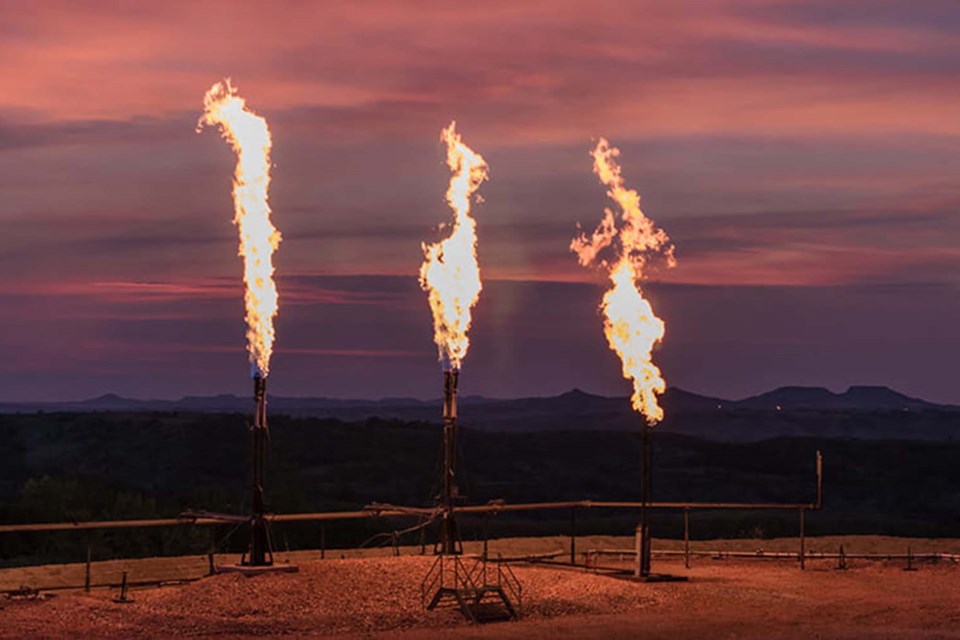The Alberta government is investing $15 million over the next five years to help companies test new methane emissions reduction technologies.
The province said in a statement the money given to the Natural Gas Innovation Fund (NGIF) Accelerator’s Emissions Testing Centre program will allow more Alberta companies to test products free of charge, and “de-risk and commercialize their innovative technology solutions.”
“There is immense global demand for emissions-reducing technologies, but securing funding and resources can, of course, be a challenge. For an idea to then become a reality and become commercialized, it first has to be proven to work. For those tackling methane emissions, getting the data needed to move from concept to commercial deployment can be a major roadblock,” Alberta’s Minister of Environment and Protected Areas Rebecca Schulz said during a news event Wednesday.
The Emissions Testing Centre program was introduced in 2021 and provides simulated testing space at the University of Calgary and live testing space at the West Wolf Lake gas processing plant near Edson. Seventy companies have used the facilities to validate technologies and trial projects, according to the government of Alberta.
Schulz said Alberta is “Canada's hub of innovation when it comes to new technology.” And by leveraging these technologies, the province is “proving that you can have it all,” and increasing oil and gas production while committing to a “lower emissions future.”
Funding for research and development can be a valuable part of the province’s methane abatement strategy, but it needs to be paired with strong policy and regulatory enforcement to make progress on emissions reduction, says Amanda Bryant, senior analyst with the Pembina Institute's oil and gas program.
“I would also emphasize that for methane emissions, there are already lots of proven technological solutions available. So, it is important to focus on scaling and deploying those solutions. setting ambitious reduction targets, developing strong regulations that leverage existing solutions and ensuring that the regulator has adequate capacity to enforce,” Bryant said.
“It's not enough that those solutions exist. Rather, you also need policies that ensure that companies are required to invest in those solutions.”
Alberta was an early mover on methane emissions and was one of the first jurisdictions to set reduction targets. Earlier this year, the province claimed it had achieved a 45 per cent reduction in oil and gas methane emissions below 2014 levels.
However, a 2023 study from researchers at Carleton University's Energy and Emissions Research Lab found government and industry reports had underestimated methane emissions from Alberta’s oil and gas sector by 50 per cent. The underreporting and underestimation of methane emissions has been observed throughout oil and gas producing jurisdictions. Bryant said testing and monitoring are areas new technologies could make a difference, and “ensure that Alberta is credibly tracking progress, and able to tell to tell those success stories.”
Though the province was an early leader in tackling methane emissions, in terms of its level of ambition it is starting to fall behind, Bryant said.
A report released Wednesday by the Pembina Institute ranked the Government of Alberta second lowest in Canada for its climate and energy policies.
Alberta’s Emissions Reduction and Energy Development plan states the province would assess ways to achieve 75 to 80 per cent methane reduction by 2030, in line with federal emissions reduction goals, but has yet to formally adopt that target.
“And I think (adopting that target) is the next natural step, as well as creating regulations to deliver on that target,” Bryant said.
“It's important that in addition to investing in technological solutions, that Alberta is also adopting a higher level of ambition in terms of its reduction targets.”



